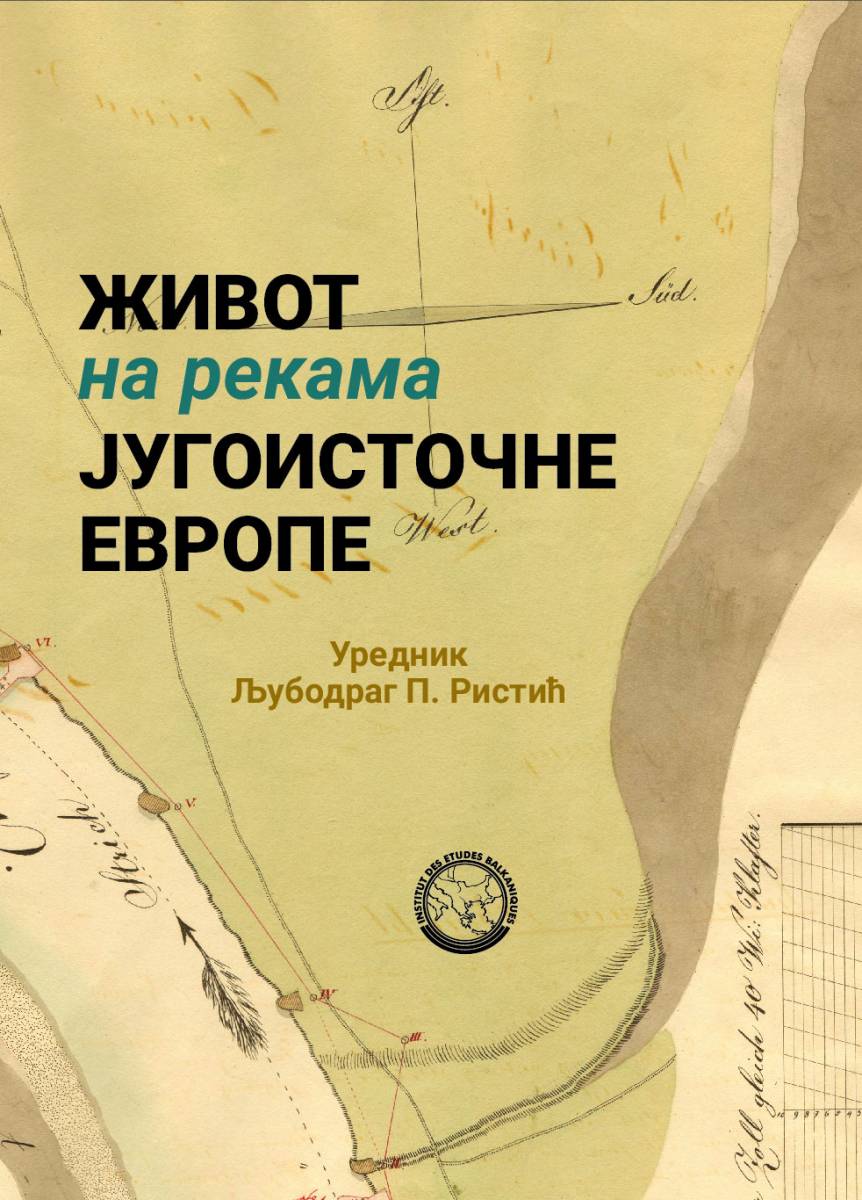News
Life on the Rivers in Southeastern Europe (Historical Aspects of the Spatial Planning of Settlements and Communications)

Life on the Rivers in Southeastern Europe (Historical Aspects of the Spatial Planning of Settlements and Communications) is the title of a new collection of studies published by the Institute for Balkan Studies of the Serbian Academy of Sciences and Arts (SASA) as its 141st special edition. Edited by Ljubodrag P. Ristić, the collection includes thirteen texts by scholars from Serbia, Bulgaria, Greece and Macedonia. Since the first period of their settlement along riverbanks, humans have influenced the forming and changing of their surroundings and natural environment by building settlements, roads, bridges and canals, transforming nature and consequently clashing with it. Ranging from the period of classical antiquity to the 20th century, the research topics discussed in the book are focused on these shifts and conflicts. The evolution of settlements along the banks of the Danube River has garnered the most attention and has, as such, been accorded the largest space. In the classical period mines developed in the Danube Valley (Podunavlje), leading to the construction of settlements and traffic routes. The Danube was the frontier that needed to be crossed by barbarian invasions. Along its banks old and modern settlements rose and fell; routes were traced and fortresses, dams and canals built. These changes are reflected in the history of Novi Sad, Belgrade, Vidin, Lom and Rousse. The main factors that shaped the urban planning of Belgrade in the mid-20th century were the Sava and Danube waterways. At the same time, the Danube was the key factor in the creation of the first spatial plan of Serbia. Research of the basins of the Sava, Drina, Great and West Morava and some other smaller rivers of Serbia have highlighted both the huge benefits of waterways and the enormous damage incurred due to flooding. The military and strategic importance of the Strymon River is presented through the prism of military conflicts in the classical period. The great advantage provided by waterways was in the past also reflected at the micro-level (watermills) and in the 20th century in the construction of electrification systems (the Treska River). This collection of writings is the second book on spatial planning in the Balkans published by the Institute for Balkan Studies of the SASA.